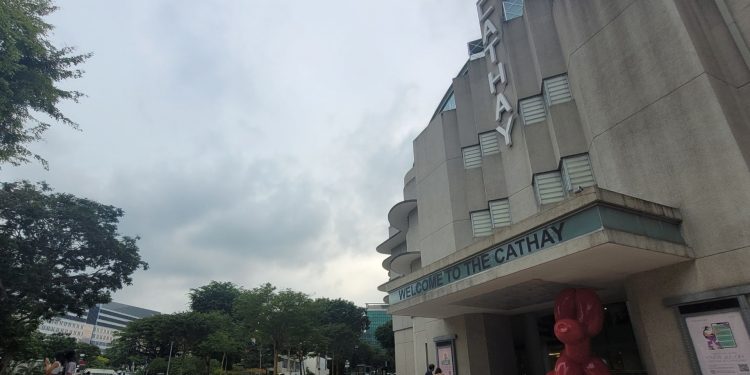Cathay Building, the art-deco building by architect Frank W Brewer, has been sitting on the slopes of Mt Sophia along Handy Road since 1939. It had witnessed many events, used by both the British and Japanese during World War II and the place of first dates at the cinema for many.
For many generations of Singaporeans, this building, now called The Cathay, and the cineplex were almost synonymous with each other. The sign “Welcome To The Cathay” still stands as a shining beacon against its arched exterior, beckoning many to come in for movie dates.
What does the name ‘Cathay’ mean without the suffix ‘cineplex’?
But come 26 June, it will be the final curtain for the cineplex there.
For many, the news came as a confluence of many different factors: a decline in cinema viewership, the rising prominence of streaming platforms, and a global pandemic that limited cinema capacities.
So, what does the future hold for the building – The Cathay?
The colourful history of The Cathay
The Cathay may have been built as an entertainment location, it also had its dark past.
Just before the war, it housed branches of the British administration, including the Malayan Broadcasting Corporation, Far Eastern Bureau of the Ministry of Economic Warfare, and Ministry of Information and had a top-secret radar system installed to coordinate radar traffic from various air bases in Singapore. It was even used as a shelter when the Japanese air raids began.
During the Japanese occupation from 1942 to 1945, the Japanese Military Administration set up their broadcast station and propaganda office within the Cathay Building and renamed it Daitoa Gekijo, or Greater East Asian Theatre. It became a cinema for Japanese movies and pro-Japanese propaganda films.
A headline 83 years in making
After it was returned to the Cathay Organisation and the Loke family, it was converted into a 170-room hotel, restaurant and cinema. In its heyday, the hotel was one of the most popular meeting places for celebrities, tourists and residents.
The hotel closed in 1970, and The Cathay returned to what it was originally meant for – an entertainment centre.
In a social media post, Group CEO for mm2 Asia Chang Long Jong cited the cinema’s closure as a “business decision” and that the “retail traffic demographics have changed”.
Production company mm2, has been operating the cineplex at The Cathay and seven other cinema locations since acquiring the eight cinemas from Cathay Organisation in November 2017 for about S$230 million.
When TheHomeGround Asia visited the cineplex in its last week of tenancy, there were many visitors taking photos with the iconic building and sign, squeezing in showtimes at the cinema, and even paying tributes to the beloved cineplex.
Movie goers Tony and Ann, a couple in their 40s, said they used to frequent films at the cineplex. They were there to capture photos for keepsake and said they hope the area remains a destination for film and arts. They also recalled a kacang puteh (peanut in Malay) seller and the balloon dog sculptures as memorable features of the venue.
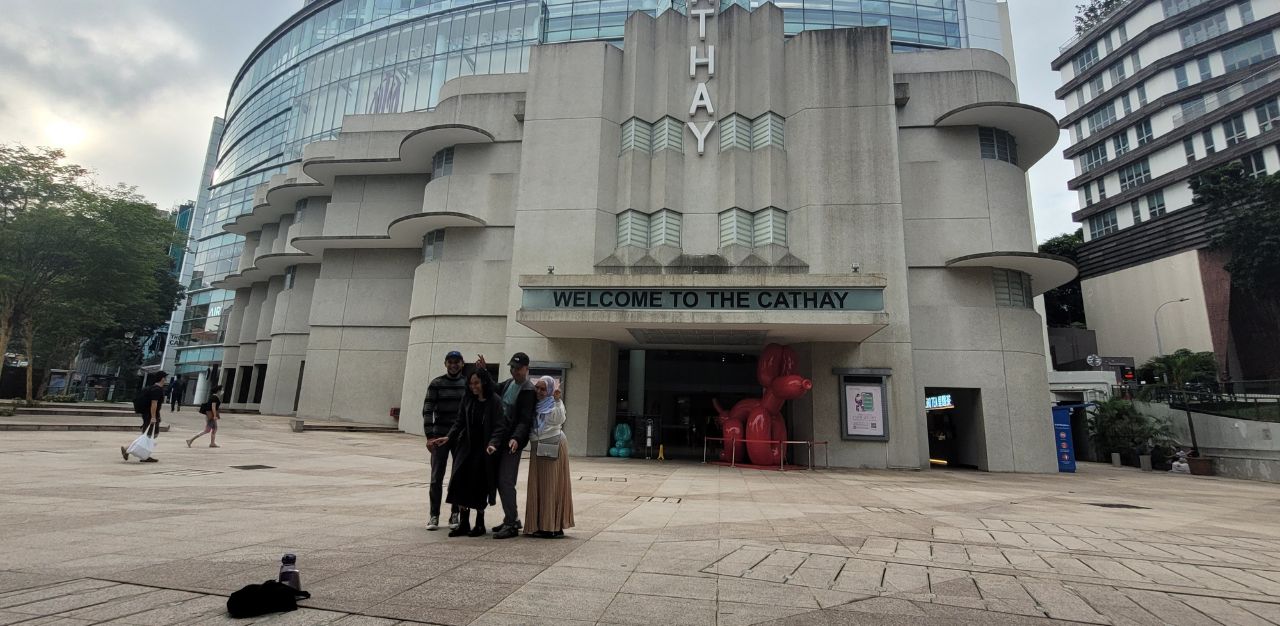
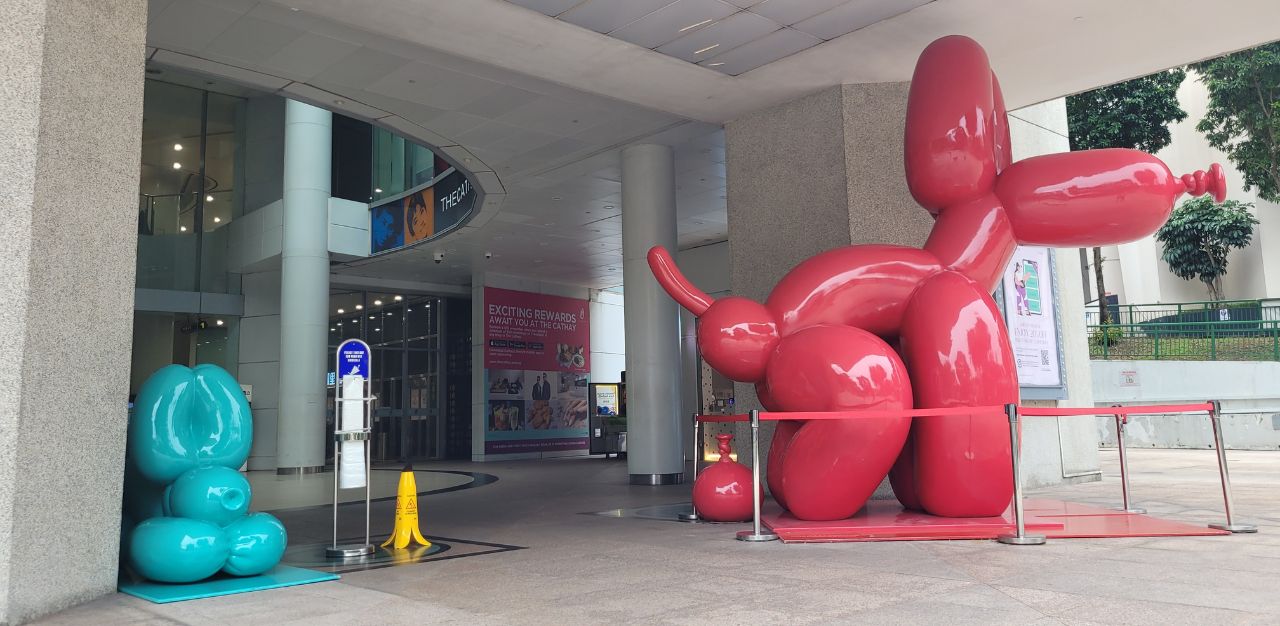
While the mood at The Cathay was mixed with nostalgia and pensiveness, there remains cause for optimism.
Just look over at Capitol Theatre.
The curious case of Capitol Theatre
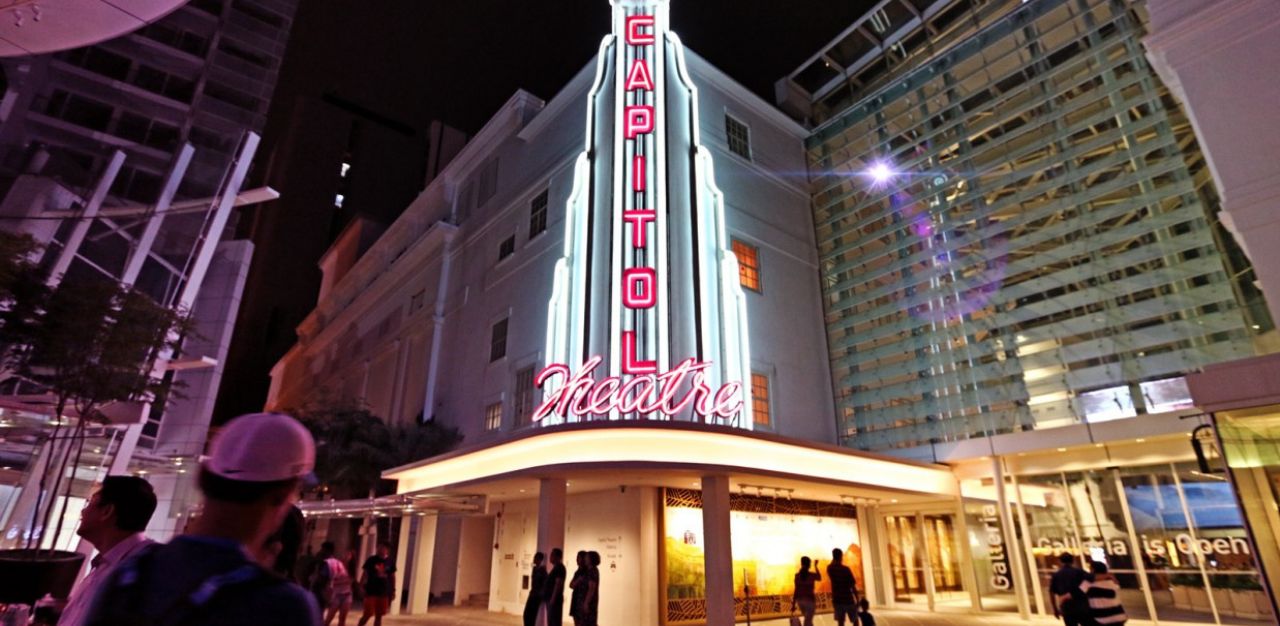
Just when everyone thought the old Capitol Theatre was slated for destruction, the grand dame rose from the ashes.
The Capitol Theatre screened a closing film in 1998 and was left vacant for 10 years in a sorry state. architect61’s CEO Michael Ngu described the theatre as being in a “derelict state for many years” when working on the project.
Then in a 2015 interview with the Business Times (BT), Ms Ong Choon Fah, CEO at DTZ Southeast Asia, a market research firm, commented on the profitability of art venues saying, “Theatres can’t quite make money by themselves. To have a viable, sustainable business model, you have to cluster them, string them with some retail, hotel and residences so the numbers will stack up commercially to make it viable. A residential component also enables the developers to sell off land, so it helps their cash flow and reduces their risks.”
It was with this approach that the redevelopment of Capitol Theatre was conceived as a part of the wider redevelopment of the neighbouring Capitol Building, Capitol Centre, and Stamford Hotel.
In the same BT article, Mr Mirza Namazi, the grandson of Mirza Mohammed Ali Namazie, builder and chairman of Capitol Theatre in 1929, agreed. “As the developers have paid a lot for the site, they would have to plug it in a way that justifies what they paid, otherwise the development won’t be viable,” he said.
Like Capitol Theatre, The Cathay is no stranger to changes.
After announcing a S$100 million renovation budget for the entire complex, the Cathay building screened its last movie in 2000 and reopened in 2006, spanking new and decked up.
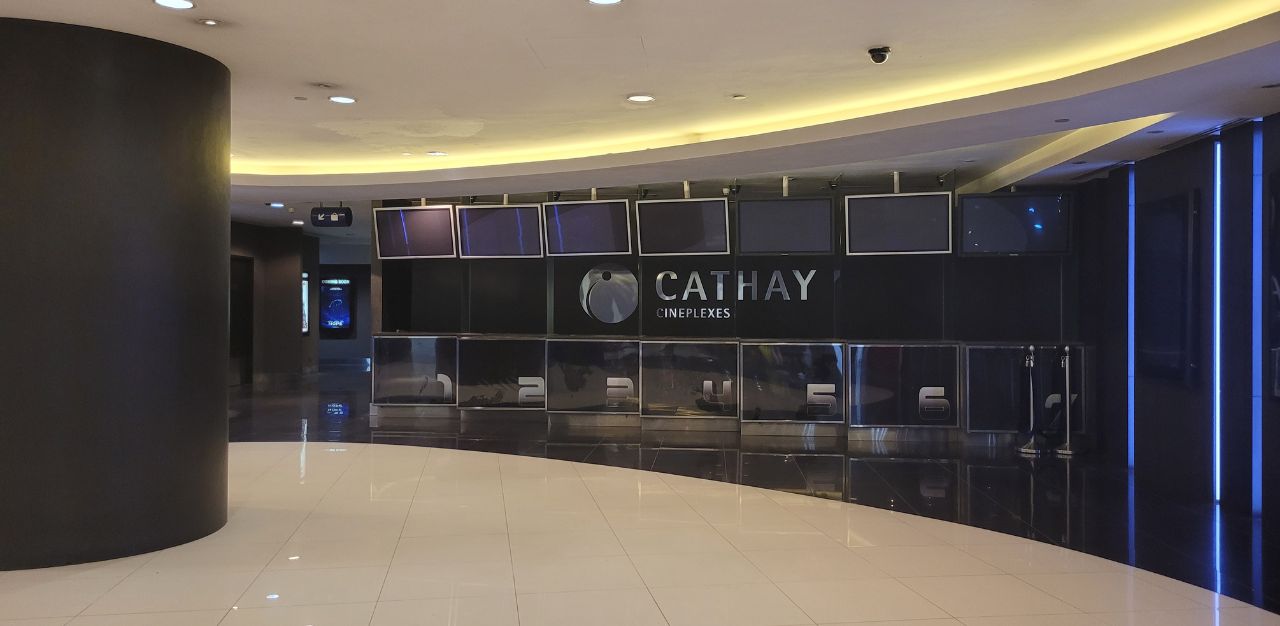
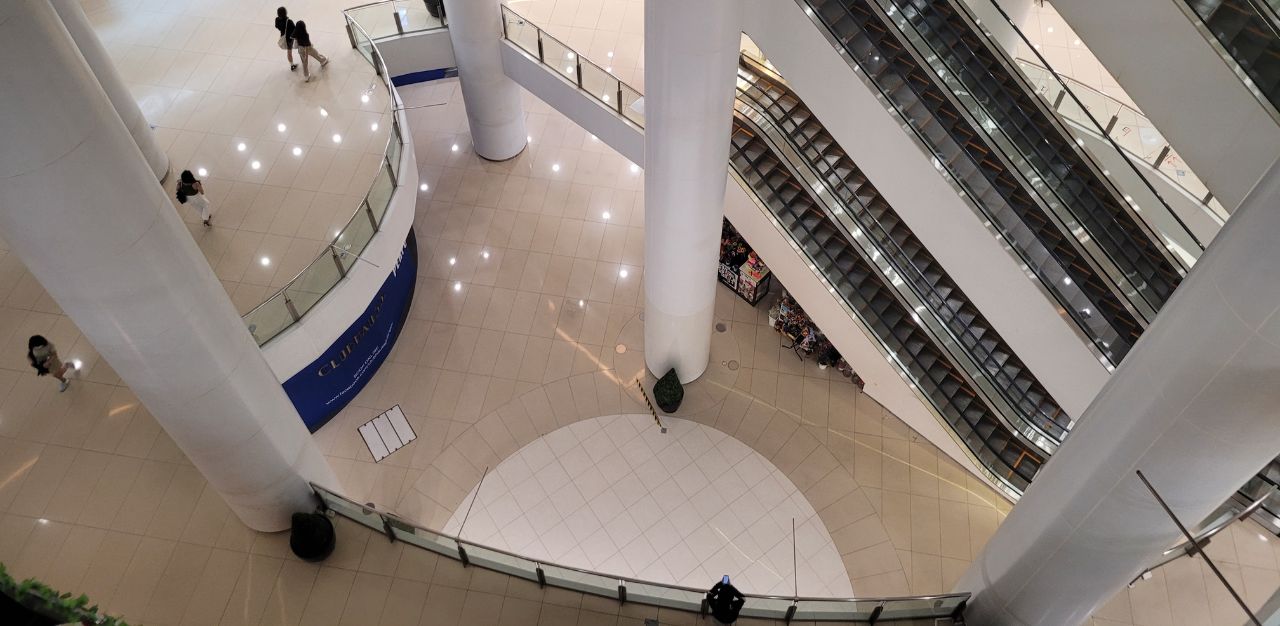
The show must go on
With Cathay Cineplex taking its final bow on 26 June, it does not mean the building will no longer be a place to catch movies.
In its place, local independent cinema operator The Projector will be taking over as a pop up venue from 23 August.
“We are excited to adaptively reuse the cineplex into an alternative space to experience film, live theatre productions, performing arts and live music, with that signature Projector stamp of diversity and inclusivity, right in the heart of the Bras Basah Bugis creative precinct,” founder of The Projector Karen Tan told CNA.
But how long will its successor fare in operating the venue? Will there be long term commercial interests for the space? What about the redevelopment of the surrounding area?
As The Cathay navigates these uncertainties, Singaporeans with the penchant for nostalgia are assured that The Cathay will not disappear in a cloud of dust.
After all, the building was gazetted as a national monument in 2003, which means the government will maintain an active role in the preservation of its cultural significance.
The surrounding Dhoby Ghaut vicinity is also populated with young students and adults from the neighbouring School of The Arts (SOTA), Singapore Management University (SMU), and offices and this is a reassurance that there is always a sizable pool of customers and footfall.
And as the market for live events returns with musical headlines like Justin Bieber, Dota 2’s The International e-sports tournament, and sporting clashes between the likes of Liverpool and Crystal Palace, there is no dearth of a vibrant entertainment scene to perhaps occupy The Cathay .
Join the conversations on TheHomeGround Asia’s Facebook and Instagram, and get the latest updates via Telegram.



